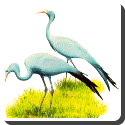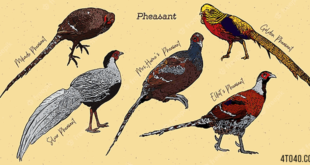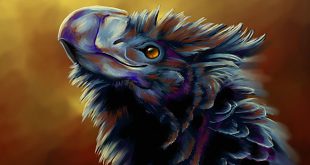 Cranes — Cranes are large, long-legged and long-necked birds of the order Gruiformes, and family Gruidae. Unlike the similar-looking but unrelated herons, cranes fly with necks outstretched, not pulled back. Most have elaborate and noisy courting displays or “dances”. While folklore often states that cranes mate for life, recent scientific research indicates that these birds do change mates over the course of their (considerable) lifetimes (Hayes 2005). Some species and/or populations of cranes migrate over long distances, while some do not migrate at all. Cranes are gregarious, forming large flocks where their numbers are sufficient.
Cranes — Cranes are large, long-legged and long-necked birds of the order Gruiformes, and family Gruidae. Unlike the similar-looking but unrelated herons, cranes fly with necks outstretched, not pulled back. Most have elaborate and noisy courting displays or “dances”. While folklore often states that cranes mate for life, recent scientific research indicates that these birds do change mates over the course of their (considerable) lifetimes (Hayes 2005). Some species and/or populations of cranes migrate over long distances, while some do not migrate at all. Cranes are gregarious, forming large flocks where their numbers are sufficient.
Most species of cranes are at least threatened, if not critically endangered, within their range. The plight of the Whooping Cranes of North America inspired some of the first US legislation to protect endangered species.
They are opportunistic feeders that change their diet according to the season and their own nutrient requirements. They eat a range of items from suitably sized small rodents, fish, amphibians, and insects, to grain, berries, and plants. (The cranberry is so-named for its flowers’ resemblance to the neck and head of the crane.)
There are representatives of this group on all the continents except Antarctica and South America.
 Kids Portal For Parents India Kids Network
Kids Portal For Parents India Kids Network





